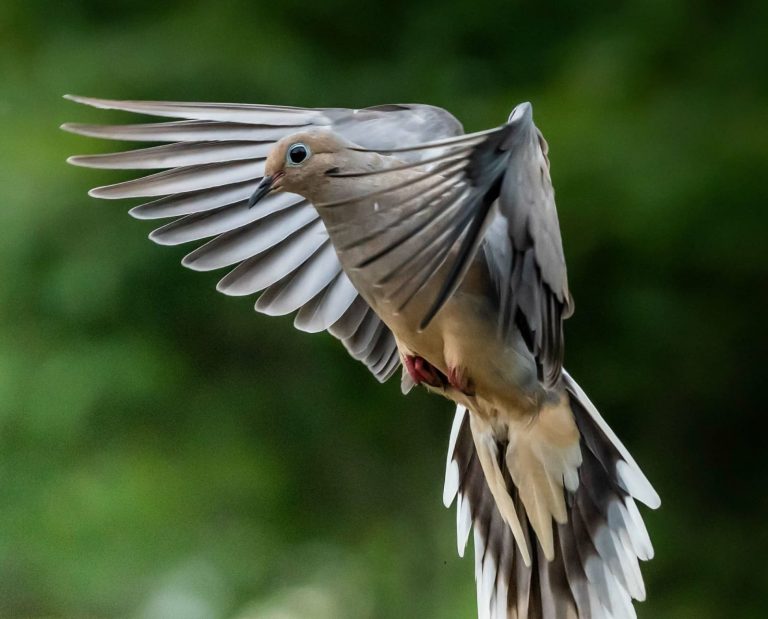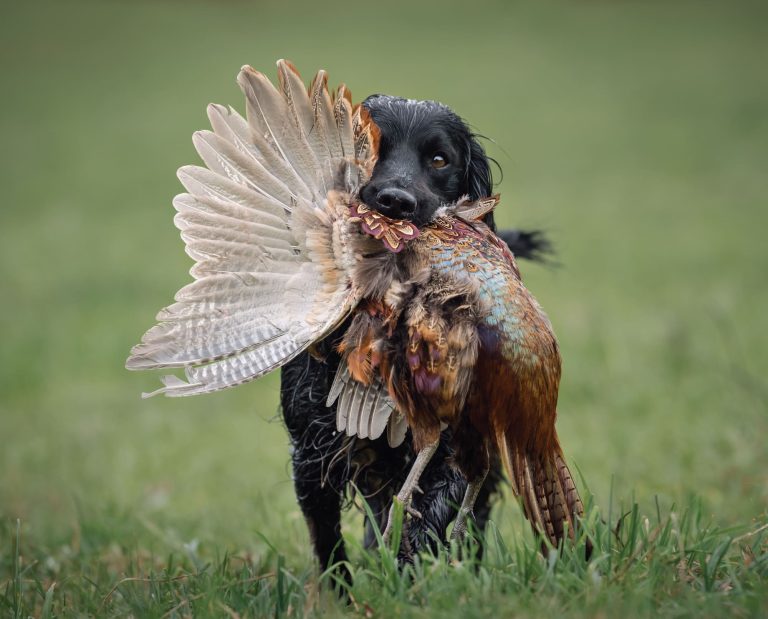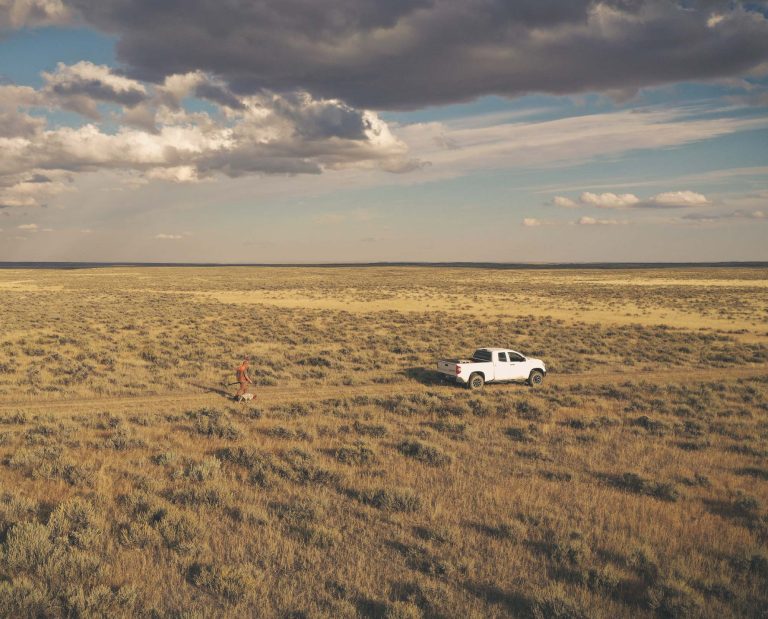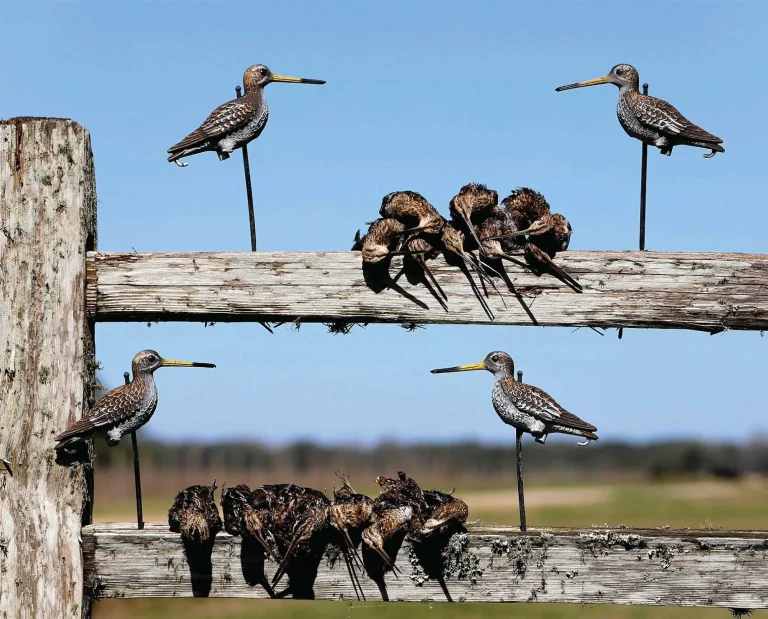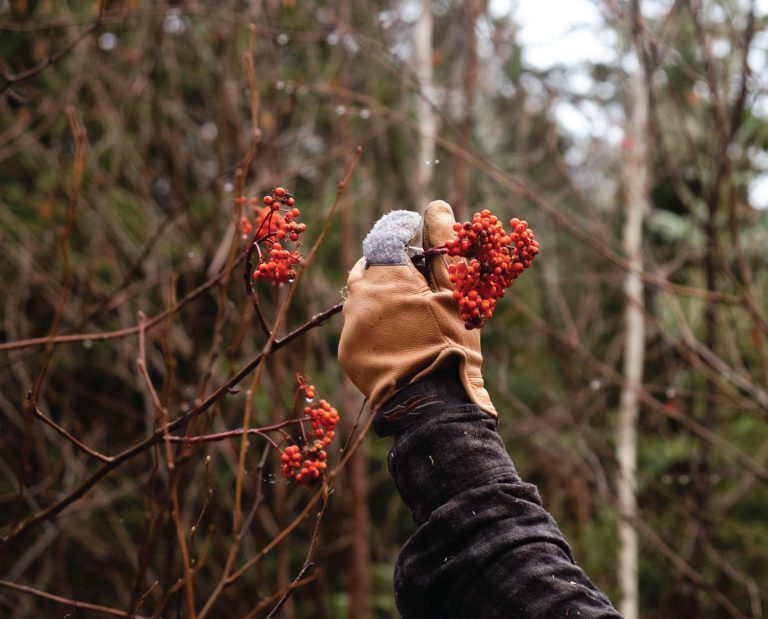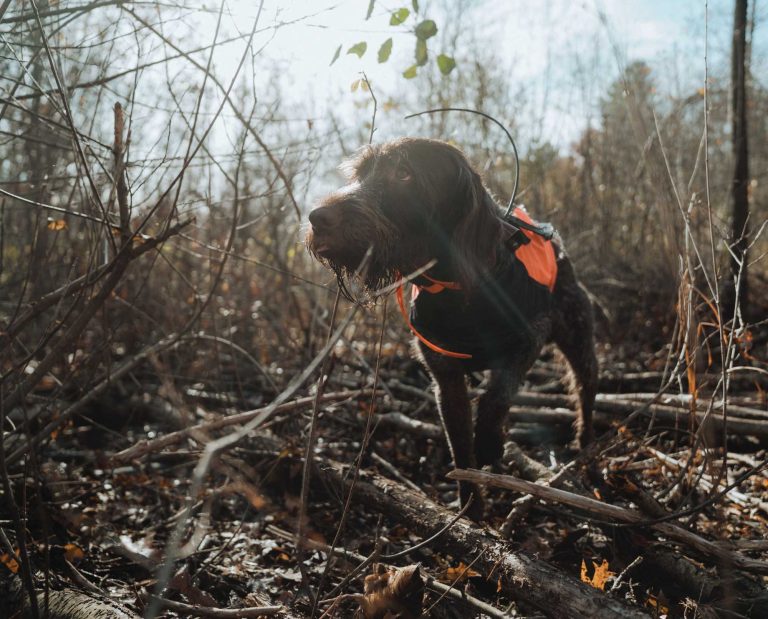Tips for Out-of-State Bird Hunting

Get tips from a veteran bird hunter on how to better find bird hunting opportunities Out-of-state and increase your success.
Every bird hunter reaches a point in their life when they desire to travel to a different state and hunt a new species. There are too many intriguing birds and landscapes to stay satisfied with hunting near home. Alternatively, in some states, one must travel to find success. While the culmination of a good bird hunt is ultimately the point, flush, and successful taking of the target species, getting to that point on an out-of-state hunt can be difficult.
Besides raising and training bird dogs (and the expense behind it all), the hardest part of bird hunting is locating a place to hunt. While a loaded game bag is the best part of any hunt, putting in the hours to nail down a location to hunt that ultimately pans out well is a very close second. Pre-season scouting makes sure all the effort that goes into the art of bird hunting pays off. Here are a few quick tips I have used over 30 years in the field that will help efficiently locate prime hunting spots; it’ll also be a lot of fun!
Become a Student of your Target Species
Understanding the habits, habitat, biology, and range of your target species is the first step to any successful hunt. I’m not talking about a PhD-level knowledge of the bird, but knowing where the species is most abundant and a general idea of what habitats to be looking for is key.
Bobwhites are a good example. This species ranges over 25 states from the Atlantic to Colorado, but huntable populations in many states are very localized. Only in Nebraska, Kansas, Oklahoma, and Texas do bobwhites enjoy stable populations over a wide range. Knowing this simple fact will help you narrow down your starting point significantly. Good bobwhite hunting can be enjoyed in other states, too, but options are more limited and pre-season scouting is even more critical.
Choosing where to hunt goes beyond selecting a specific state. For example, some portions of a state have more public land to hunt or have better concentrations of the birds than others. An excellent example of this was how I planned a Montana hunt a few years ago. I knew I wanted to target Hungarian partridge and sharp-tailed grouse, but Huns were the focus. I wanted to hunt where they were most abundant in Montana, focusing on locations where pressure might be the lightest.
Eastern Montana has a ton of publicly accessible land, has Huns, and was closer to my home, but I knew that area received lots of hunting pressure. Plus, research showed me that the best Hun populations in the state were closer to the Rocky Mountain front. I made the decision to drive another three hours west, knowing I might have a harder time finding land to hunt while jeopardizing my chances at sharptails. That was a compromise I was willing to make if I could maximize my Hun harvest.
READ: Hunting Huns in Montana
It worked. I found ample Huns, few hunters, and managed to harvest some sharptails as well. The extra effort I put into understanding where Huns were most abundant was the key.
Call Local Wildlife Experts
This seems like a no-brainer in terms of first steps to a successful hunt away from home. But as a long-time biologist working with bobwhite, I am always surprised just how few hunters call me before season to ask about local populations of birds. Statewide species biologists often have long-term data sets from a statewide perspective that can give a traveling hunter a good idea what populations look like for the upcoming year and general locations in the state where populations might be best. These folks are always a good contact. However, I often take it a step further.
Most states have regional biologists or public land managers that spend their entire year keeping tabs on birds in localized areas. After I have selected where, in general, I want to hunt, I’ll call these local folks for a “real-time” assessment of bird populations. These folks spend their year managing local populations and can give a more thorough outlook on local populations than a statewide biologist can typically provide.
Managers of specific wildlife management areas are also great contacts and are eager to share information. If their management has led to excellent bird numbers, they want to share this with folks as a source of pride for a job well done. As a public land manager in a previous life, I was ready to share locations of the best bird numbers and, at the same time, found it important to be honest if birds were struggling. I figured I owed it to hunters that might be traveling hundreds of miles to be prepared for tough hunting.
READ: Ethics of Bag Limits and Self-Imposed Limits
Embrace Technology Whether it’s Social Media or Databases
For many, embracing social media is easy. In fact, many of today’s bird hunters got into the game because of social media. For others, like my best buddy Kyle and myself, it is difficult. Instagram is filled with bird hunters showing their latest kills or shots of their bird dogs on point or retrieve. Not a lot can be gained from the pictures, and there is an argument to be made about their appropriateness, but bird hunters on social media readily accept followers and give advice to folks preparing for an out-of-state hunt. Afterall, many of them got into the pursuit because of the internet and these folks are wired to interact with others via that medium.
Instagram or other social media direct messages are a great way to network with hunters in the states you want to hunt. I’m not talking about spot poaching; that is terrible form. Rather, inquire about general populations or broad regions of the state. Also, social media sites are great for exchanging a hunt for a hunt. Kyle and I are going on a chukar hunt in Utah this fall because of a contact we made via social media. We’ve offered several potential hunts in return.
There can be several pitfalls when using social media to gain information for hunting, but approach folks honestly with a true intent to not spot-poach and try to offer something in return. From my experience, most folks will be glad to provide at least something helpful.
Another piece of technology, and this one is rarely used by hunters, is a database called eBird. Bird watchers from all over the world track their observations in this open-access database. Everything from hummingbirds to emus are noted as well as all game bird species. Users are not recording their observations of game birds for hunting purposes; they are merely recording every time they see a bird. The database is searchable and includes maps, so hunters can type in their bird of interest and see all locations where the species has been documented. While the observations are random, it is easy to see where the greatest concentrations of a certain species are found. The database is also spatially and temporally explicit as users enter geographic locations and dates of all sightings. In addition, it can display if they saw a single, pair, or group. While not “real-time,” the database allows hunters to see when sightings are occurring and if they are too old to be of any real use for the upcoming season.
Our friends in the bird watching community are tenacious and will get off road to hike in for birding trips. While not following a dog as widely as we bird hunters do, they do get well away from roads and bird often on public lands, so their observations can be of significant help. Even if many of the observations of a target species are near roads, the frequency and density of sightings for observations are still very valuable.
Read Scientific Articles on Upland Birds
Upland game birds have been very well-studied, some more than others, in the last few decades. Given the conservation importance of game birds and their often-declining status, much effort has been made to understand their ecology and how to best manage them. These efforts should be given our full support.
A benefit of this research from a traveling hunter’s perspective is that much of these research efforts are in areas where the species is still relatively common. This is necessary simply to collect enough individual birds to obtain a strong data set. Scientific research articles always give a general location, many times to the county or wildlife management area scale, of where the research occurs. This can give a hunter a leg up on where birds are common enough to probably have a successful hunt. This doesn’t mean the study sites are on publicly accessible land, however; that’s where you must do your homework. I have found that most hunters don’t have any idea that these studies exist or that they can be a way to help narrow down potential hunting locations.
Google Scholar is a great website to look for these research articles. Search for the species in question and lots of studies will pop up. However, be warned that information on desert quail is sorely lacking, which speaks towards the amount of attention these species have gotten from the scientific community. As a hunting community, we should rally to change that.
Always Scout Pre-season for Out-of-state Bird Hunts
As I mentioned earlier, I find preseason planning for an out-of-state bird hunt is nearly as much fun as the hunt itself. I get a kick out of researching the habits and range of various species’ and becoming a student of the bird gives me a greater appreciation for the species, the conservation challenges they face, and builds in me an advocacy for the bird. Visiting with state and local biologists has resulted in new relationships with folks that are more than willing to share what they know to make my hunt more successful. Social media has had a similar effect. Using eBird and scientific literature has expanded my knowledge on game bird distribution and conservation status. Plus, all of this can be done from your home computer or cell phone.
I find it fascinating that hunters now have the resources to plan a hunt 1,000 miles from home, right down the piece of ground to first kick out their dogs, and with a high probability of success. These are heady times for the traveling bird hunter in terms of our ability to remotely plan a hunt. Try all these hunting tips in conjunction and your anticipation, success, and enjoyment will skyrocket.



